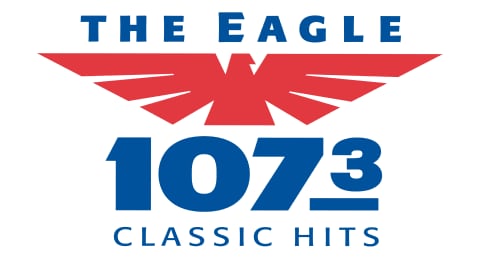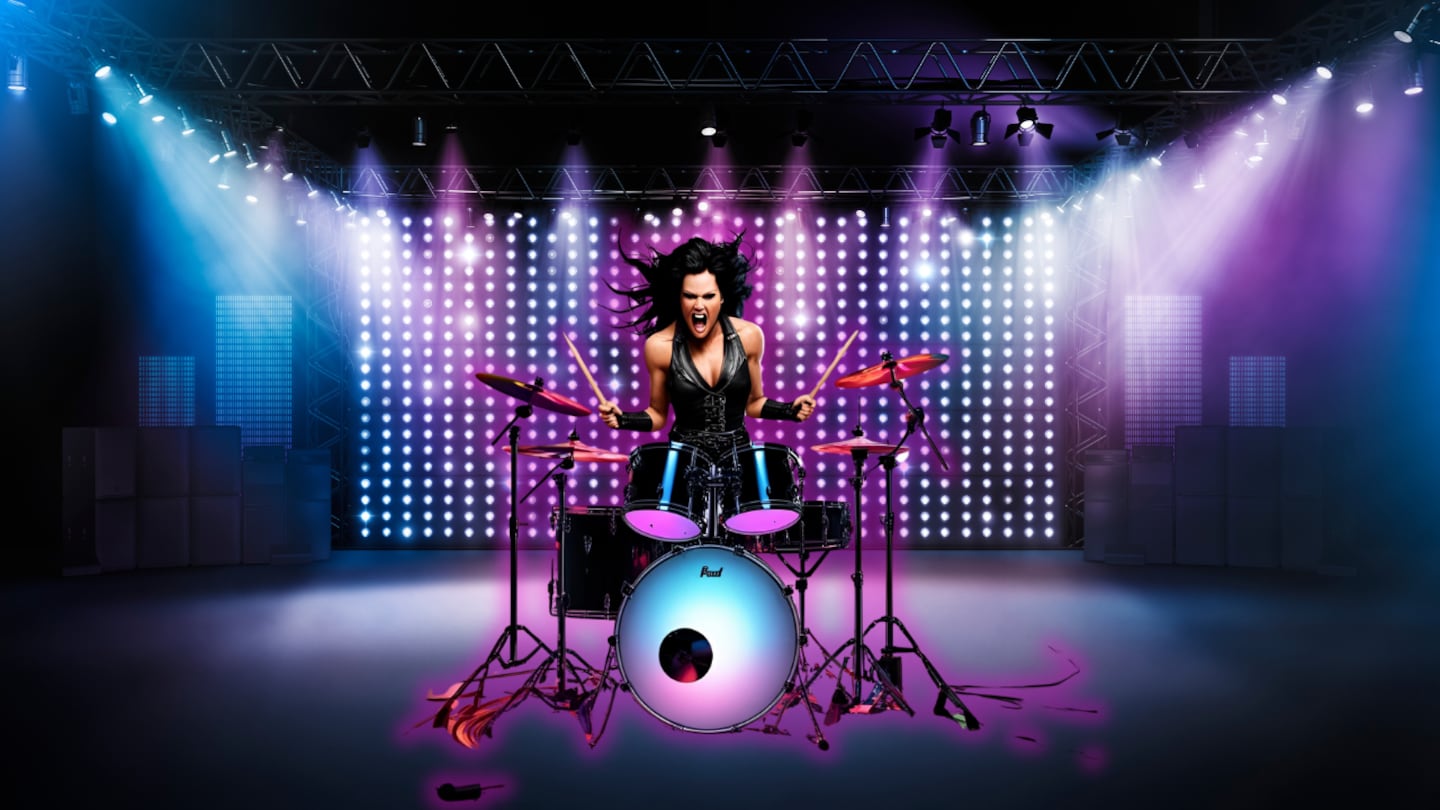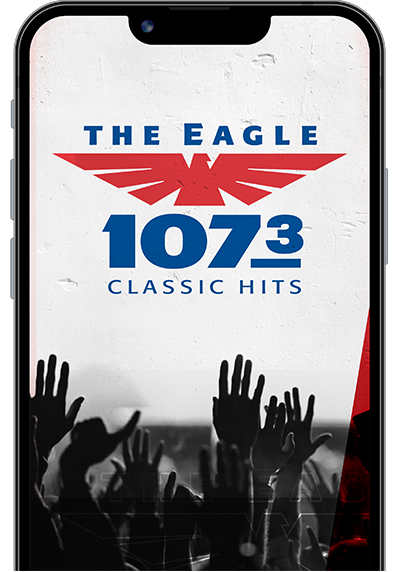Holograms used to be the stuff of sci-fi and trippy ‘70s concept albums, but now they’re edging closer to becoming a staple of home entertainment—just not quite yet. Sure, we’ve seen mind-blowing hologram gigs, like the ghostly resurrection of Ronnie James Dio belting out “Holy Diver” from beyond the grave. That’s not just metal—it’s meta. An now Sharon Osbourne is talking about how an Ozzy hologram is in the works. Awesome! Let’s get moving on that so Ozzy can witness this spectacle before he departs this realm for an eternity chasing bats around H-E-double-hockey-sticks.
But here’s the deal: most of what we call “holograms” today aren’t full-on 3D projections you can walk around. They’re slick illusions, like Pepper’s Ghost tricks on steroids. True holographic displays—the kind that’ll throw a live concert into your living room—are still in the works. They’re expensive, power-hungry, and need serious tech muscle.
That said, things are heating up. The holographic display market’s rockin’ a 25% growth rate and companies like ZEISS are dropping tech that could soon blend holograms into glass walls and coffee tables. Experts are throwing around 2030 as the year it all starts to hit the mainstream.
So yeah, we’re not tossing out the flat screens just yet—but the stage is being built. When it lands, imagine firing up a live set from you’re favorite band, all life-size and in your face from the comfort of your couch. The future of rock might be literally in 3D.












